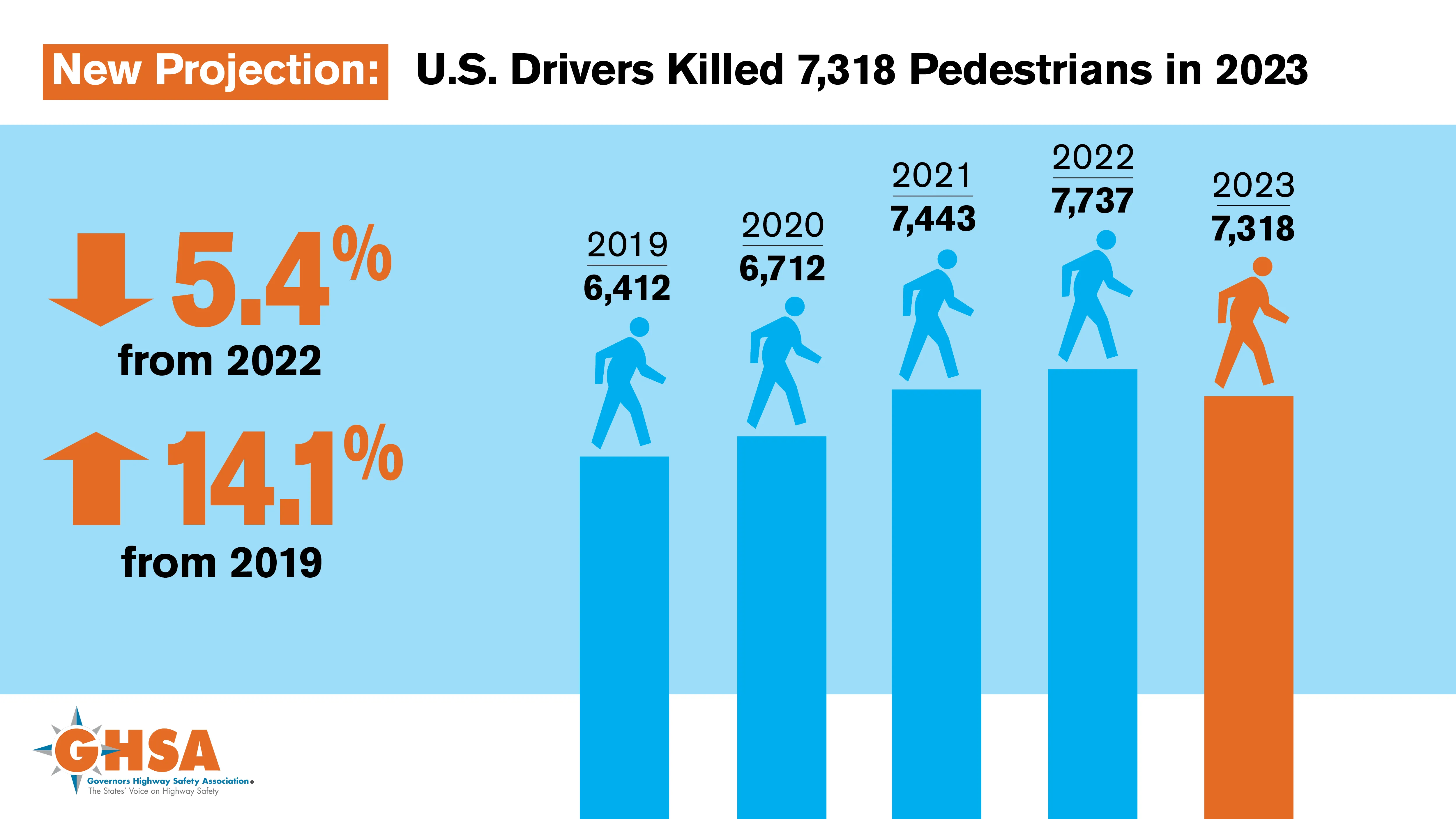The Transport Ministry in Kuwait is looking to improve road safety and is at present evaluating different strategies to reduce the vehicle accident rate in the country.
March 5, 2012
Read time: 2 mins
The Transport Ministry in Kuwait is looking to improve road safety and is at present evaluating different strategies to reduce the vehicle accident rate in the country. Compared with developing middle income countries such as Egypt, Vietnam, and Brazil or other Middle Eastern nations, Kuwait's vehicle accident rate is not high. However when compared against countries such as the UK, Sweden, Australia, Spain and the Netherlands, Kuwait's accident rate shows a need for change and the country's Transport Ministry is keen to implement measures that will tackle the issue.
Kuwait's current four-year National Strategic Development Plan 2010 to 2014 reflects a policy of continued growth, and effective implementation of relevant programmes. This forms part of a vision to become a hub for foreign investments by 2035. To remove current major traffic bottlenecks in Kuwait, a comprehensive National Traffic and Transport Strategy (NTTS) 2010-2020 was developed in 2008, under the umbrella of the Government and3262 United Nations Development Programme (UNDP), and the help of international experts.
The country has a population of over 3.5 million, an area of 17,818km², and 1.5 million registered vehicles. The economy is predominantly urban, with 99% of the population living in the major Governorates. Based on the 2000-2008 growth rates, the population will increase by 58%; vehicles by 77%; road accidents by 105%; driver license by 192%, and traffic offences by 167% during the next 10 years.
The NTTS has identified major obstacles, role of each agency, and adopted by the Government. It aims to improve planning and design of the sector; reduce the severity, frequency, and cost of road accidents to the community; alleviate congestion, optimise movement of people and goods; and strengthen traffic law enforcement. Regarding road safety achievements, the NTTS wants to reduce the fatality rate to 322 in 2015, a reduction of 30% of the fatalities compared with base-year of 460 in 2006. There have been safety improvements and the country brought the fatality rate down to 407 in 2009 and 374 in 2010. The fatality rate/100,000 population is 10.7 in 2010 compared with 11.6 in 2009 and 16.2 in 2007. Kuwait's road fatality rate now is the lowest amongst the Gulf States.
Kuwait's current four-year National Strategic Development Plan 2010 to 2014 reflects a policy of continued growth, and effective implementation of relevant programmes. This forms part of a vision to become a hub for foreign investments by 2035. To remove current major traffic bottlenecks in Kuwait, a comprehensive National Traffic and Transport Strategy (NTTS) 2010-2020 was developed in 2008, under the umbrella of the Government and
The country has a population of over 3.5 million, an area of 17,818km², and 1.5 million registered vehicles. The economy is predominantly urban, with 99% of the population living in the major Governorates. Based on the 2000-2008 growth rates, the population will increase by 58%; vehicles by 77%; road accidents by 105%; driver license by 192%, and traffic offences by 167% during the next 10 years.
The NTTS has identified major obstacles, role of each agency, and adopted by the Government. It aims to improve planning and design of the sector; reduce the severity, frequency, and cost of road accidents to the community; alleviate congestion, optimise movement of people and goods; and strengthen traffic law enforcement. Regarding road safety achievements, the NTTS wants to reduce the fatality rate to 322 in 2015, a reduction of 30% of the fatalities compared with base-year of 460 in 2006. There have been safety improvements and the country brought the fatality rate down to 407 in 2009 and 374 in 2010. The fatality rate/100,000 population is 10.7 in 2010 compared with 11.6 in 2009 and 16.2 in 2007. Kuwait's road fatality rate now is the lowest amongst the Gulf States.







